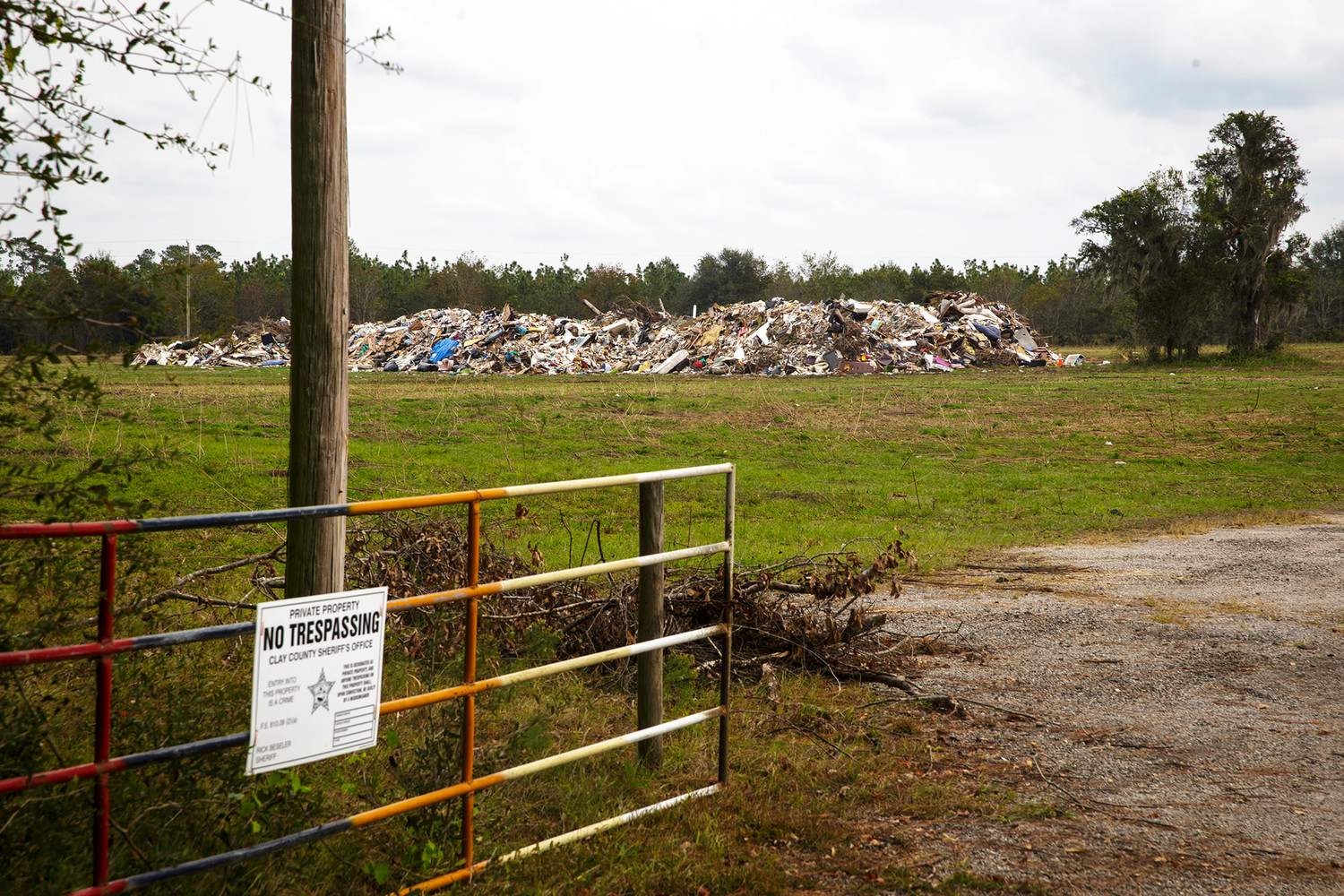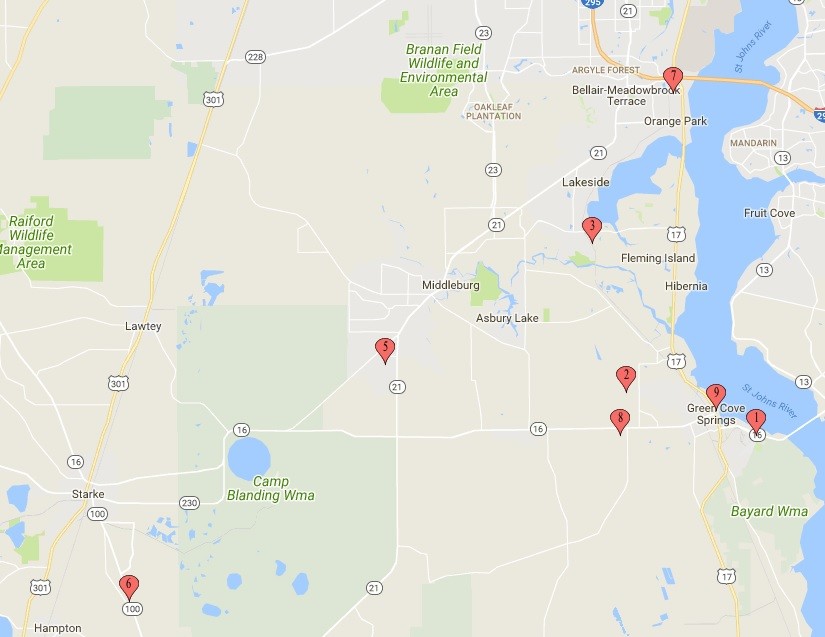Mini ‘trash mountains’ aid in Irma cleanup
GREEN COVE SPRINGS – For Clay County Emergency Management Director John Ward and the Florida Department of Environmental Protection, roadside trash piles are a thing of beauty.
The sites, nine …
This item is available in full to subscribers.
Attention subscribers
To continue reading, you will need to either log in to your subscriber account, or purchase a new subscription.
If you are a current print subscriber, you can set up a free website account and connect your subscription to it by clicking here.
If you are a digital subscriber with an active, online-only subscription then you already have an account here. Just reset your password if you've not yet logged in to your account on this new site.
Otherwise, click here to view your options for subscribing.
Please log in to continueDon't have an ID?Print subscribersIf you're a print subscriber, but do not yet have an online account, click here to create one. Non-subscribersClick here to see your options for subscribing. Single day passYou also have the option of purchasing 24 hours of access, for $1.00. Click here to purchase a single day pass. |
Mini ‘trash mountains’ aid in Irma cleanup
GREEN COVE SPRINGS – For Clay County Emergency Management Director John Ward and the Florida Department of Environmental Protection, roadside trash piles are a thing of beauty.
The sites, nine of which have been activated in Clay County, are currently acting as overflow sites where debris can be stores to prevent backups at the Rosemary Hill Solid Waste Management Facility. The sites also allow crews to focus on cleaning up residential streets and yards before moving all the debris to its final destination in a Georgia landfill. Clay County also has access to two additional sites in Bradford County.
Though most residents wouldn’t welcome the sight of construction debris piled up alongside a stretch of rural highway, those directly involved in the post-Hurricane Irma trash frenzy see the sites as a sign of progress, a light at the end of the tunnel.
“People see mounds of trash piled up, but we want them to know that it’s for the greater common good,” said Russell Simpson, DEP ombudsman. “There is an end in sight.”
Simpson said the DEP anticipates debris collection sites to close just after the start of the new year. At that things might finally start to go back to normal, following months of debris collection from one of the worst storms in Clay County history.
“After Matthew we picked up 110,000 cubic yards over about three months,” Ward said. “[After Irma] we’ve collected about 280,000, and we’ve got about another 100,000 to go. It’ll be more than triple the amount of debris.”
The sites are opened on an as-needed basis and many opened immediately following the start of post-storm cleanup. However, the county has been forced to extend their efforts and continue opening collection sites as others fill up. One site, located adjacent to the Oak Grove Baptist Church on County Road 215, was opened after the closure of the County Road 218 bridge which prevented access to Rosemary Hill. The site is home to at least two large mountains of trash left in the wake of Irma. For Ward, his main concern is getting debris out of people’s yards and off the streets as quickly as possible.
“I want my haulers to get picked up and turned around,” Ward said. “We try to create enough sites so they can turn around quicker and get back out to get more debris picked up.”
Though the number of sites has grown, it is not as simple as driving trash to a county-owned piece of land and starting a pile. There are tight DEP regulations that must be followed in order to operate these temporary sites.
Brian Durden, an environmental consultant at DEP, explained that the county must meet certain guidelines before activating a temporary disposal area. Following their initial request to DEP, the county must provide information on what contractor or contractors will be operating at the site. The site must also be secured by fencing so that citizens cannot dump their trash or rifle through what has been dropped off. Durden said that once these boxes are checked, his organization will look at overhead maps to see if there are any obvious concerns for placing a waste collection site on the property.
According to DEP’s rules for the sites, there are three types of collection areas allowed: construction, vegetative and mixed, which combines the other two. Construction debris is not allowed within 500 feet of a potable water well, and within 200 feet of a wetland or body of water. The restrictions on vegetative debris are less, at 100 and 50 feet respectively, which allows more of those collection sites than construction or mixed.
Once these criteria are met and confirmed by DEP the site will be allowed to begin operation on a temporary basis, and will always see a field visit from a DEP inspector within the first couple weeks of operation to make sure nothing has been overlooked and the site is continuing to run smoothly. The inspector will return after all the waste has been removed to do a closing inspection, ideally seeing that the contractor has left no traces of debris on the property. After DEP clears the site the county will be eligible to apply for reimbursement for cleanup costs from the Federal Emergency Management Agency.













